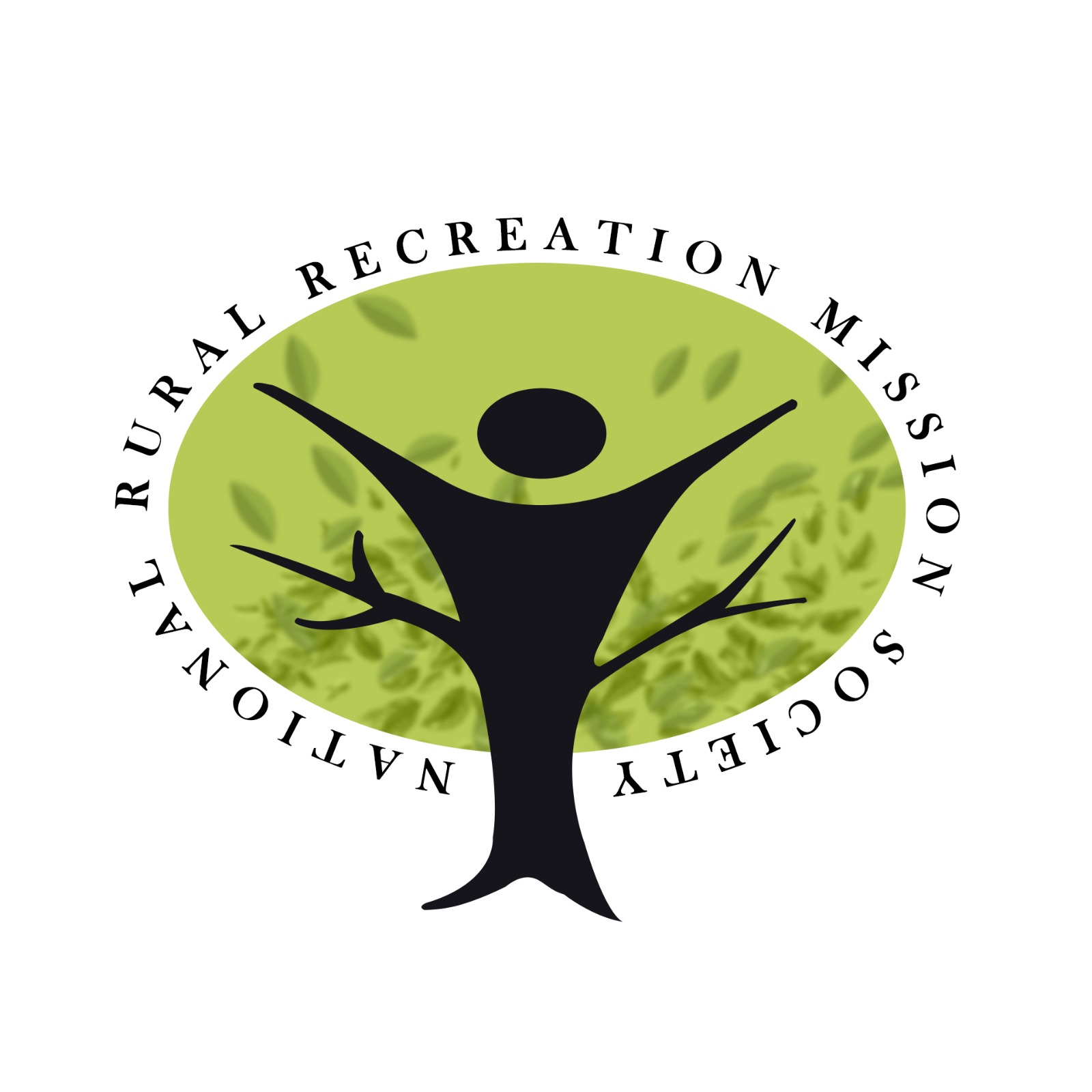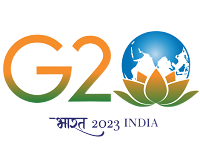Solid Waste Management
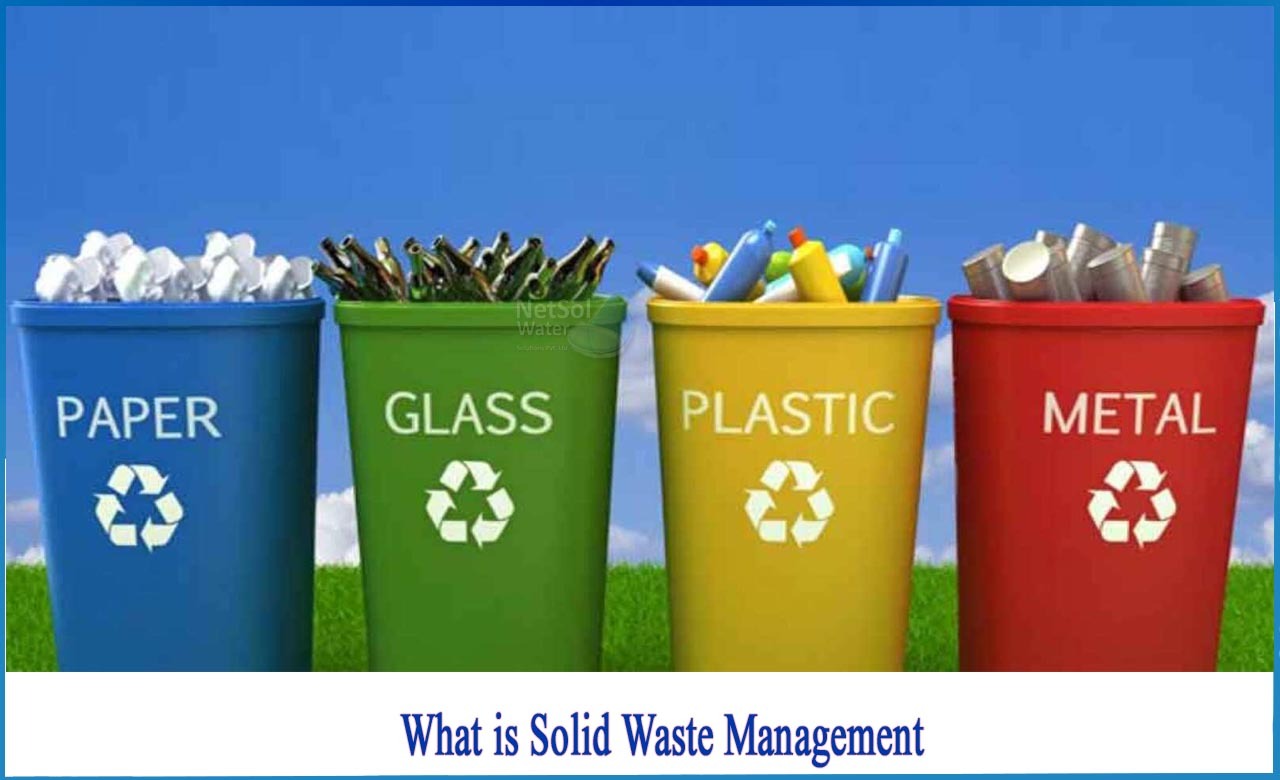
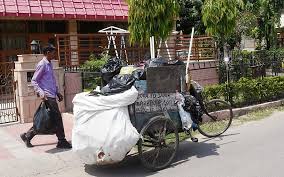
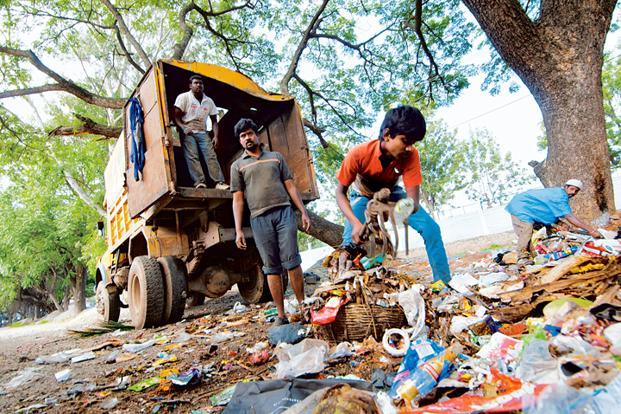
Around the world, waste generation rates are rising. In 2020, the world was estimated to generate 2.24 billion tons of solid waste, amounting to a footprint of 0.79 kilograms per person per day. With rapid population growth and urbanization, annual waste generation is expected to increase by 73% from 2020 levels to 3.88 billion tons in 2050.
Compared to those in developed nations, residents in developing countries, especially the urban poor, are more severely impacted by unsustainably managed waste. In low-income countries, over 90% of waste is often disposed in unregulated dumps or openly burned. These practices create serious health, safety, and environmental consequences. Poorly managed waste serves as a breeding ground for disease vectors, contributes to global climate change through methane generation, and can even promote urban violence.
Managing waste properly is essential for building sustainable and livable cities, but it remains a challenge for many developing countries and cities. Effective waste management is expensive, often comprising 20%–50% of municipal budgets. Operating this essential municipal service requires integrated systems that are efficient, sustainable, and socially supported.
Solid waste is that material (such as domestic trash, garbage, metal scrap etc.) which arises from various human activities and which is normally discarded as useless or unwanted. It is responsible for land pollution in urban and industrial areas.
Garbage – Is refer to the putrescible solid waste (solid waste that contains organic matter capable of being decomposed by microorganism) constituents produced during the preparation or storage of meat, vegetables, etc.
Rubbish – Is the non-putrescible solid waste constituent, either combustible or non-combustible. Combustible waste includes paper, wood, scrap, rubber, leather, etc. Non combustible wastes are metals, glass, ceramic etc.
